Oregon Administrative Rules Chapter 837 - DEPARTMENT OF THE STATE FIRE MARSHAL
Here’s a detailed overview of OAR Chapter 837 — Department of the State Fire Marshal, which sets standards for fire safety, hazardous materials, inspections, and more in Oregon:
🔍 Chapter 837 – Divisions at a Glance
OAR 837 is organized into the following divisions (oregon.public.law):
Division 1 – Procedural Rules
Division 12 – Public Display of Fireworks in Oregon
Division 20 – Flammable & Combustible Liquids
Division 30 – Liquefied Petroleum Gas
Division 35 – Fire-Standard Compliant Cigarettes
Division 39 – Administration of Fire Prevention Programs
Division 40 – Fire & Life Safety Regulations
Division 41 – Existing High Life Hazard Facilities
Division 42 – Oregon Fire Code Advisory Board
Division 45 – Smoke Alarms & Detectors
Division 46 – Novelty/Toy-like Lighters
Division 47 – Carbon Monoxide Alarms & Detectors
Division 61 – Fire Fighting
Division 85 – Community Right‑to‑Know Programs
Division 90 – Hazardous Materials
Division 95 – State Emergency Response Commission
Division 110 – Field Burning & Propaning Rules
Division 120 – Hazardous Materials Emergency Response System
Division 130 – Standardized Cost Schedules
Division 140 – Oregon Safety Assessment Program (oregon.public.law, regulations.justia.com)
Last updated: May 10, 2025 .
📄 Highlighted Divisions & Key Points
🧯 Division 39 – Fire Prevention Program Administration
OAR 837‑039‑0006 mandates uniform minimum state fire code standards, requiring local jurisdictions to adopt or align their codes .
Local codes can be stricter but must reference this state-promulgated code.
Jurisdictions must submit drafts for pre-adoption review, receive consistency findings, and can appeal inconsistency notifications under ORS 183 processes (oregon.public.law).
🔥 Division 45 – Smoke Alarms & Detectors (Installation, Penalties)
Covers installation and placement requirements (§ 837‑045‑0050 et seq.), especially in rental units and for hearing-impaired needs.
Addresses enforcement processes: deficiency notices, civil penalties, contested hearings, and payment procedures (law.cornell.edu).
🆘 Division 47 – Carbon Monoxide Alarms & Detectors
Includes scope, definitions, installation standards (§ 837‑047‑0120), power sources, testing/maintenance, rental unit exemptions, and tampering rules (§ 837‑047‑0170) (regulations.justia.com).
🎆 Division 12 – Public Fireworks Displays
Regulates permits, safety standards, site requirements, and oversight for public fireworks events.
🛢️ Divisions 20, 30 – Flammable Liquids & LPG
Define safe storage, handling, licensing, and inspection regulations for combustible liquids and propane.
🚬 Division 35 – Fire Standard Cigarettes
Mandates approval for reduced ignition propensity cigarettes, setting safety compliance requirements.
🛠️ Other Important Divisions
Div 42: Establishes advisory board for the Oregon Fire Code.
Div 86–120: Focus on hazmat reporting, emergency planning, field burning, and community right-to-know.
Div 140: Covers statewide safety assessment protocols.
📌 Why It Matters
These rules ensure public safety, uniform fire code application, hazardous materials regulation, and consumer protection in residential, commercial, and emergency contexts across Oregon.
🔗 Ways to Access Full Text & Rule Updates
Oregon Secretary of State’s Administrative Rules Database (OARD) for official, current versions.
OregonLaws (public.law) offers a user-friendly compiled version of OAR 837 (oregon.gov, law.cornell.edu, oregon.public.law, regulations.justia.com).
Justia and Cornell LII provide searchable breakdowns by division and section (law.cornell.edu).
OSFM Rulemaking Page lists current amendments (e.g., changes to LPG, fireworks, CO alarms) with comment deadlines through July 2, 2025 (oregon.gov).
✔️ Summary Table
Division
Focus Area
1
Procedural rules
12
Fireworks displays
20,30
Flammable liquids & LPG
35
Safe cigarette standards
39
Fire prevention administration & local code alignment
40–47
Safety regulations, alarms, detectors
61
Firefighting standards
85–95
Hazmat reporting, emergency response
110–140
Field burning, cost schedules, safety assessment



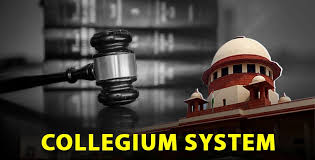



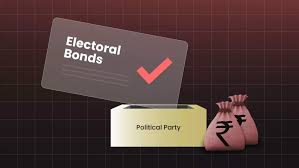
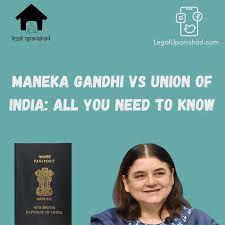
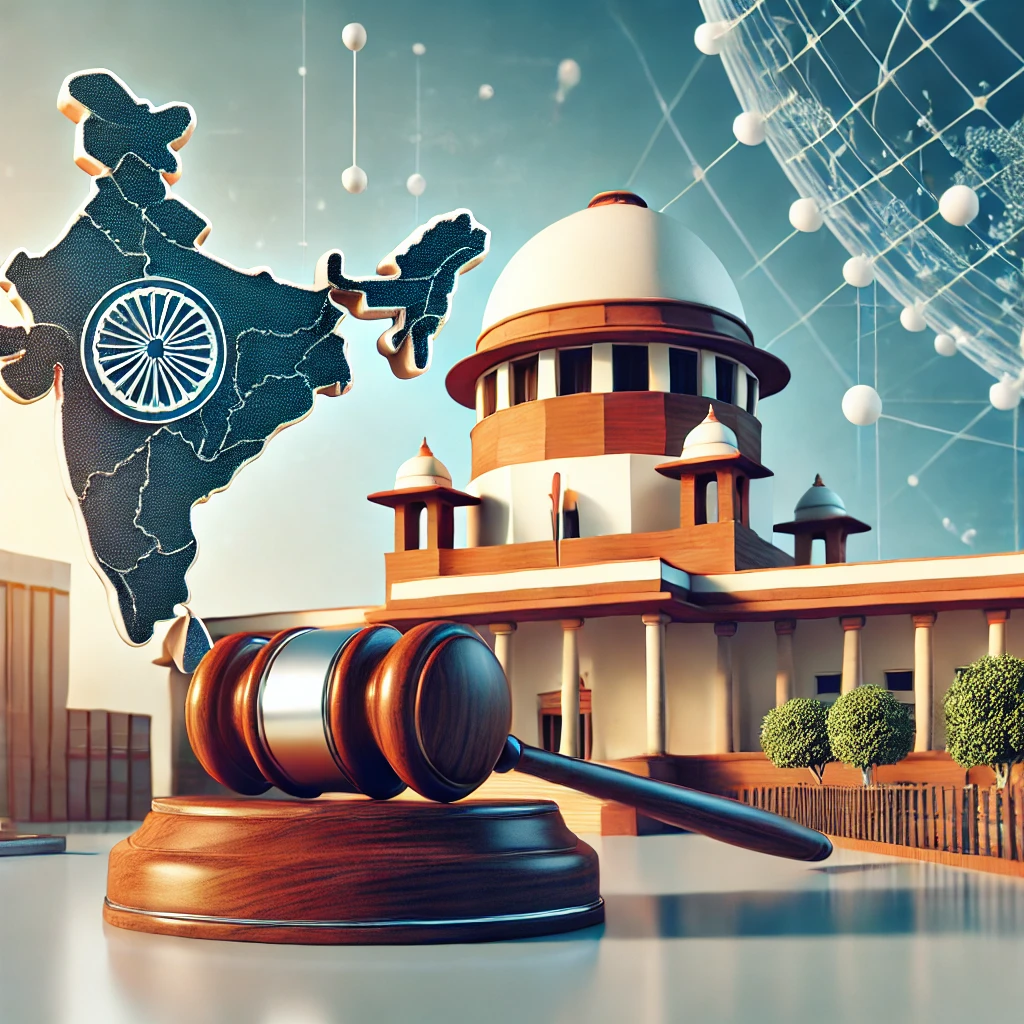
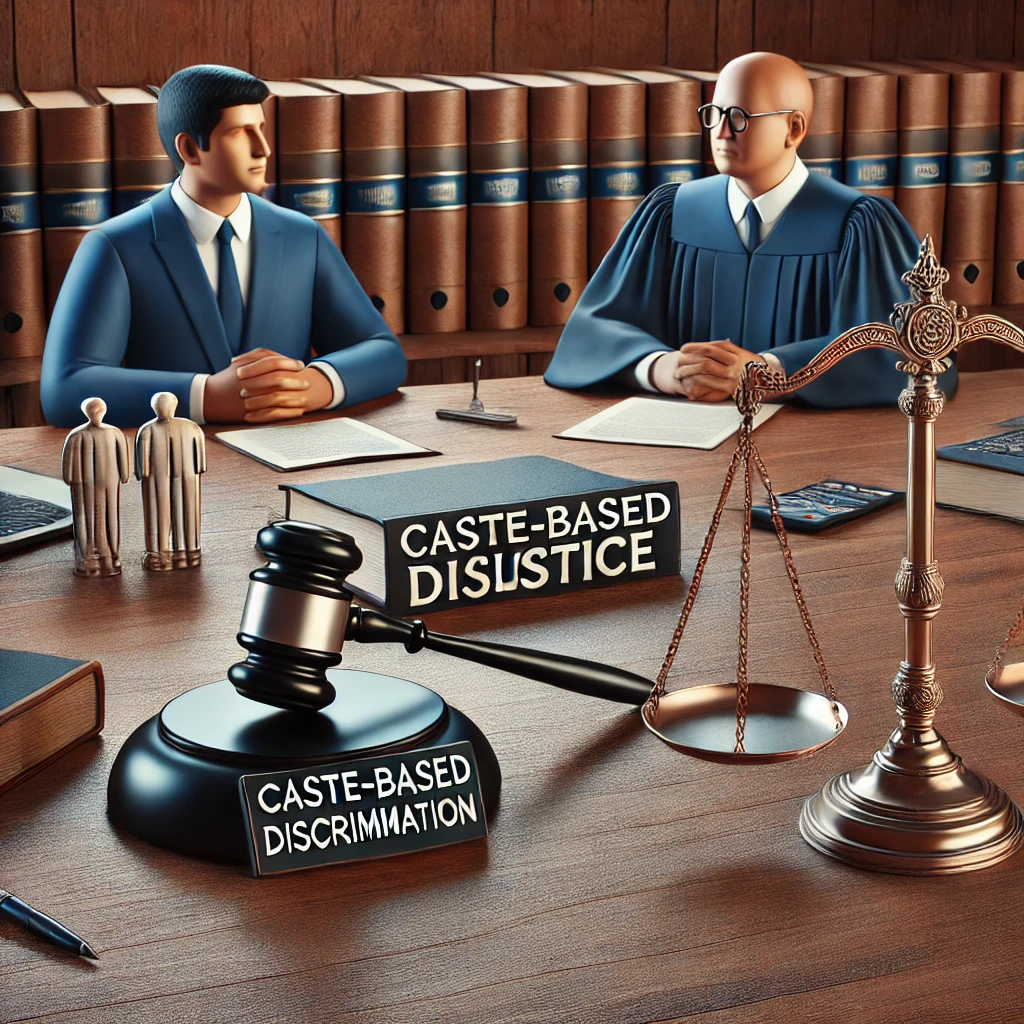
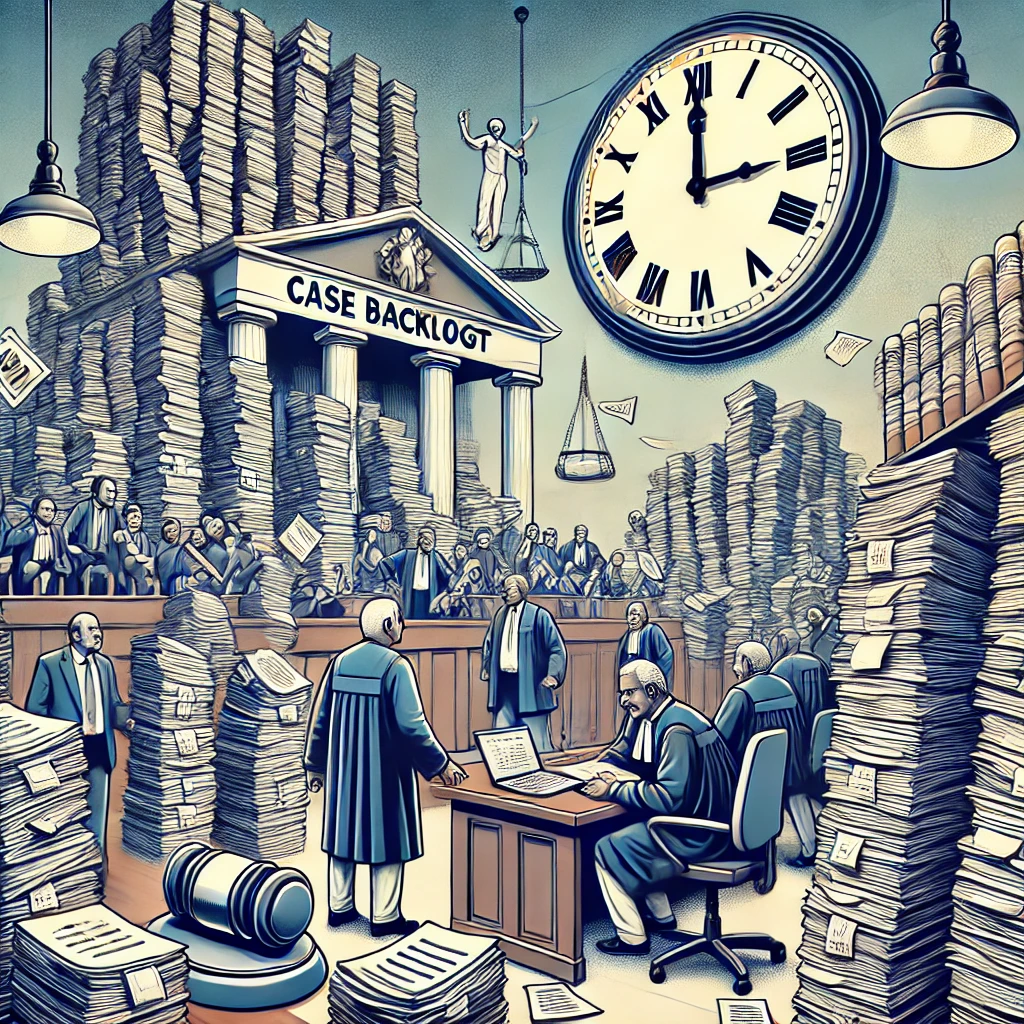






0 comments